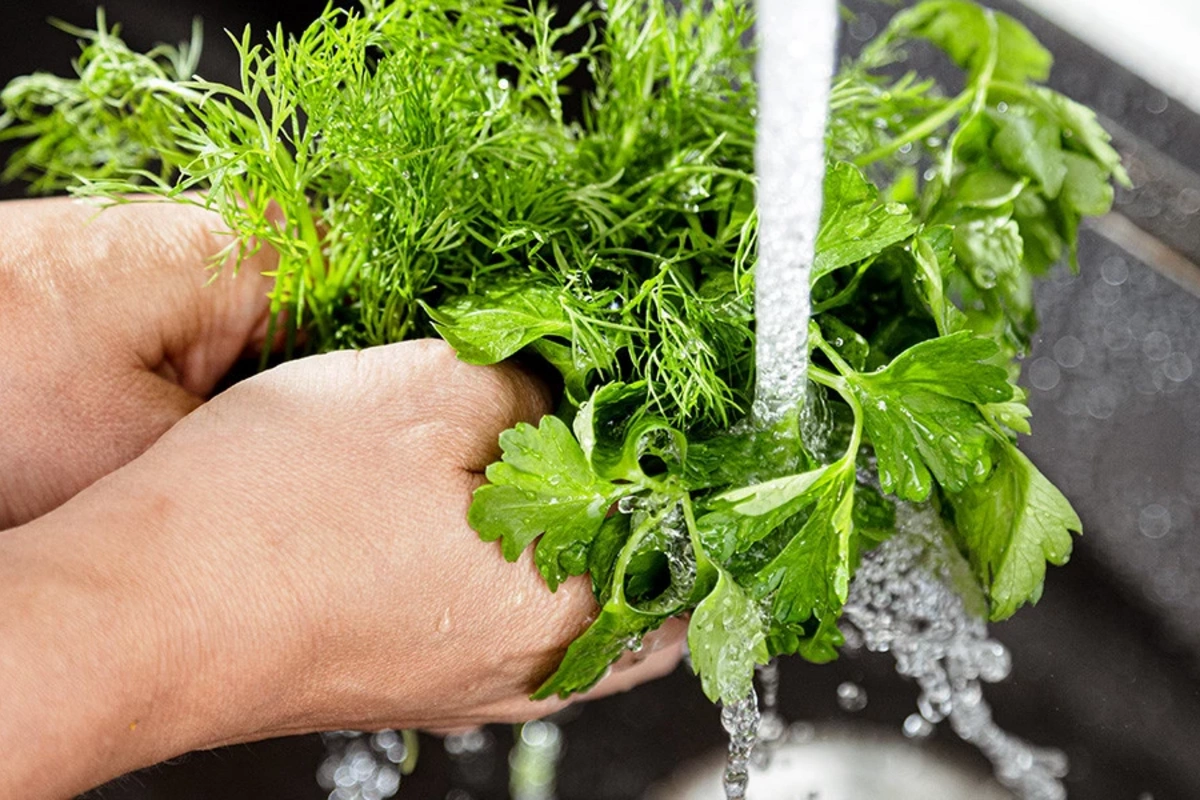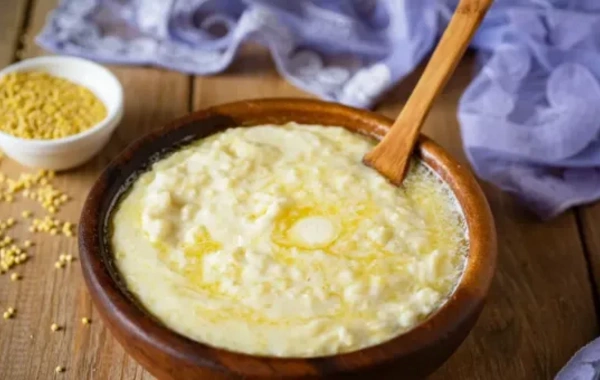Do you need to wash dill and parsley: remember this forever

Have you ever wondered why even the freshest parsley, just picked from the garden, requires thorough preparation before it makes its way into your culinary masterpieces? And why does ordinary water play a key role here?
In the culinary world, we often focus on taste and aroma, forgetting about the invisible threats that may be hiding on the surface of our favorite herbaceous plants. Let's dive into the world of microorganisms and learn how to ensure safety and preserve all the beauty of fresh greens.
Parsley, or as we are used to calling it, parsley, is not just a fragrant seasoning. It's a real treasure trove of vitamins, minerals, and antioxidants capable of transforming any dish. However, like any other food, parsley can be home to unwanted guests - bacteria. These microorganisms, invisible to the naked eye, can get onto the greens from soil, air, or even through hands during harvesting and transportation. My experience in food safety shows that neglecting basic hygiene rules can lead to serious consequences, up to food poisoning.
"Cleanliness is the key to health, especially when it comes to the products we consume. Even the most beneficial herbs can become a source of problems if proper attention is not paid to their preparation." - Food Safety Expert.
It's important to understand that washing greens is not just about removing visible dirt. It's a targeted process of reducing microbial load. Studies show that even simple rinsing under running water can significantly reduce the number of pathogenic microorganisms, such as E. coli or salmonella, which can cause serious diseases. This is especially relevant for herbaceous plants that are often consumed fresh, without heat treatment.
It would seem, what could be simpler than rinsing greens? However, there are nuances here. Cold running water is your best ally in the fight against contaminants and bacteria. Why cold? Because warm water can promote the reproduction of certain types of microorganisms, as well as accelerate the wilting of delicate leaves. My personal experience suggests that soaking greens for too long is also undesirable, as it can lead to the loss of some water-soluble vitamins and aromatic substances.
Here are a few practical steps that I always recommend for effective and safe washing of parsley and other greens:
Hand hygiene is paramount: before working with food, always wash your hands thoroughly with soap. This is a golden rule that cannot be ignored.
Visual inspection and rejection: carefully examine each bunch. Remove all yellowed, damaged, or rotten leaves and stems. This will not only improve the appearance and taste of your dish but also prevent the spread of possible bacteria.
Vigorous rinsing: place the greens under a stream of cold running water. Don't just rinse, but vigorously wash each leaf, turning the bunch so that water can reach all surfaces. Continue rinsing for at least 20-30 seconds.
Thorough drying: this step is often underestimated. Excess moisture not only dilutes the taste of the dish but also creates a favorable environment for the reproduction of microorganisms during storage. Use a salad spinner or carefully blot the greens with paper towels.
Interesting fact: some studies show that adding a small amount of vinegar or lemon juice to the rinse water can additionally help in the fight against bacteria, but this does not replace the mechanical removal of contaminants.
Culinary and safety: the art of food and beverage preparation
When it comes to preparing food and beverages, safety should come first. Washing herbaceous plants is just one aspect of a comprehensive approach to kitchen hygiene. Remember that even the freshest and cleanest parsley can be contaminated if used on a dirty cutting board or with a knife that has previously contacted raw meat. This is called cross-contamination, and it is one of the main causes of food poisoning.
My advice: always use separate cutting boards for raw products (meat, fish, poultry) and ready-to-eat foods (vegetables, fruits, greens). Thoroughly wash all kitchen utensils after each use. These simple rules, based on years of experience, will help you enjoy delicious and safe food.
In conclusion, parsley is an amazing ingredient capable of transforming
Similar News
Exact symptom: dementia has begun if people say this phrase
The main misconception is that many people have come to consider dementia a natural companion of old age. This is incorrect. With age, memory may deteriorate so...




 Azərbaycanca
Azərbaycanca  По-русски
По-русски  English
English 





